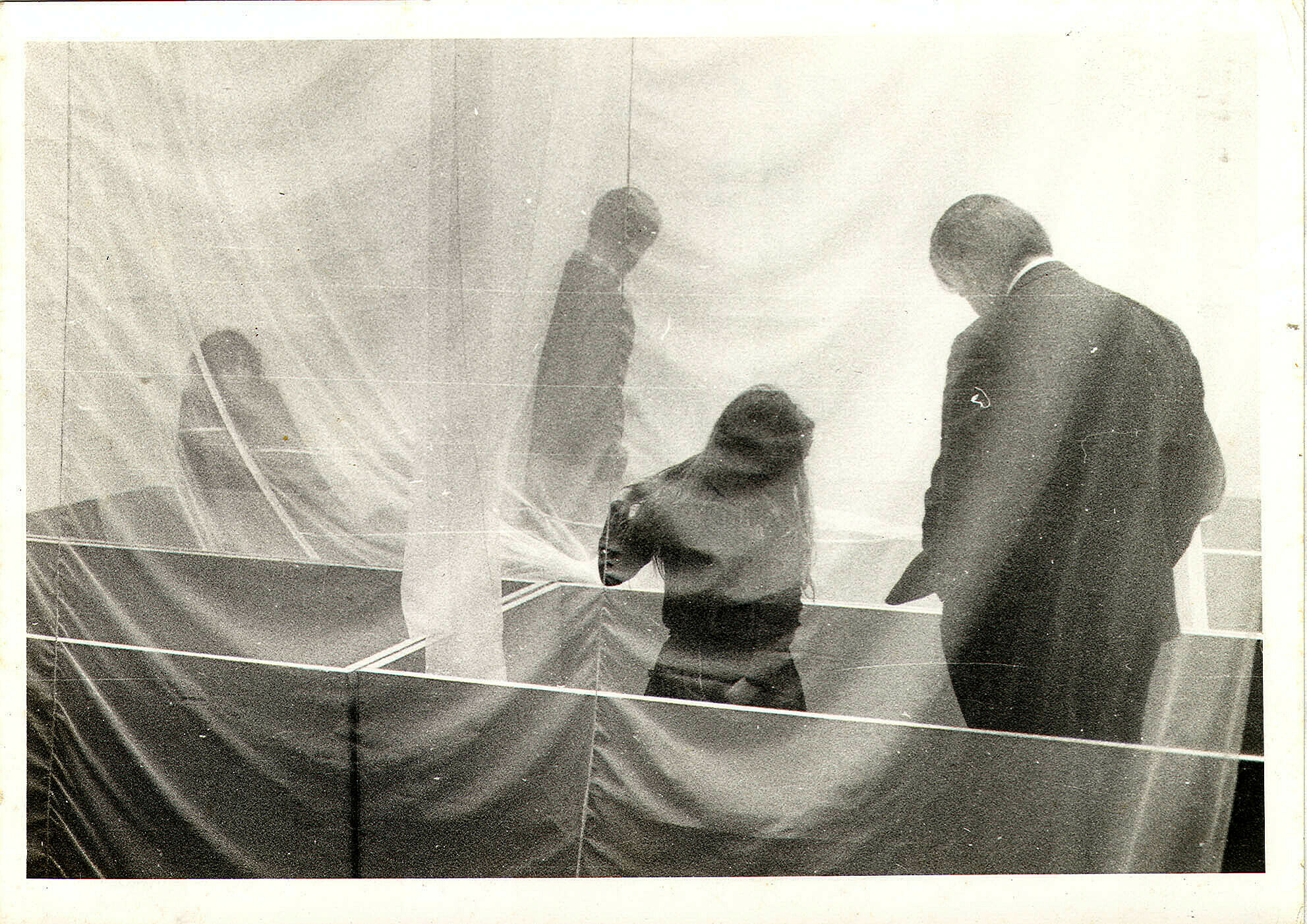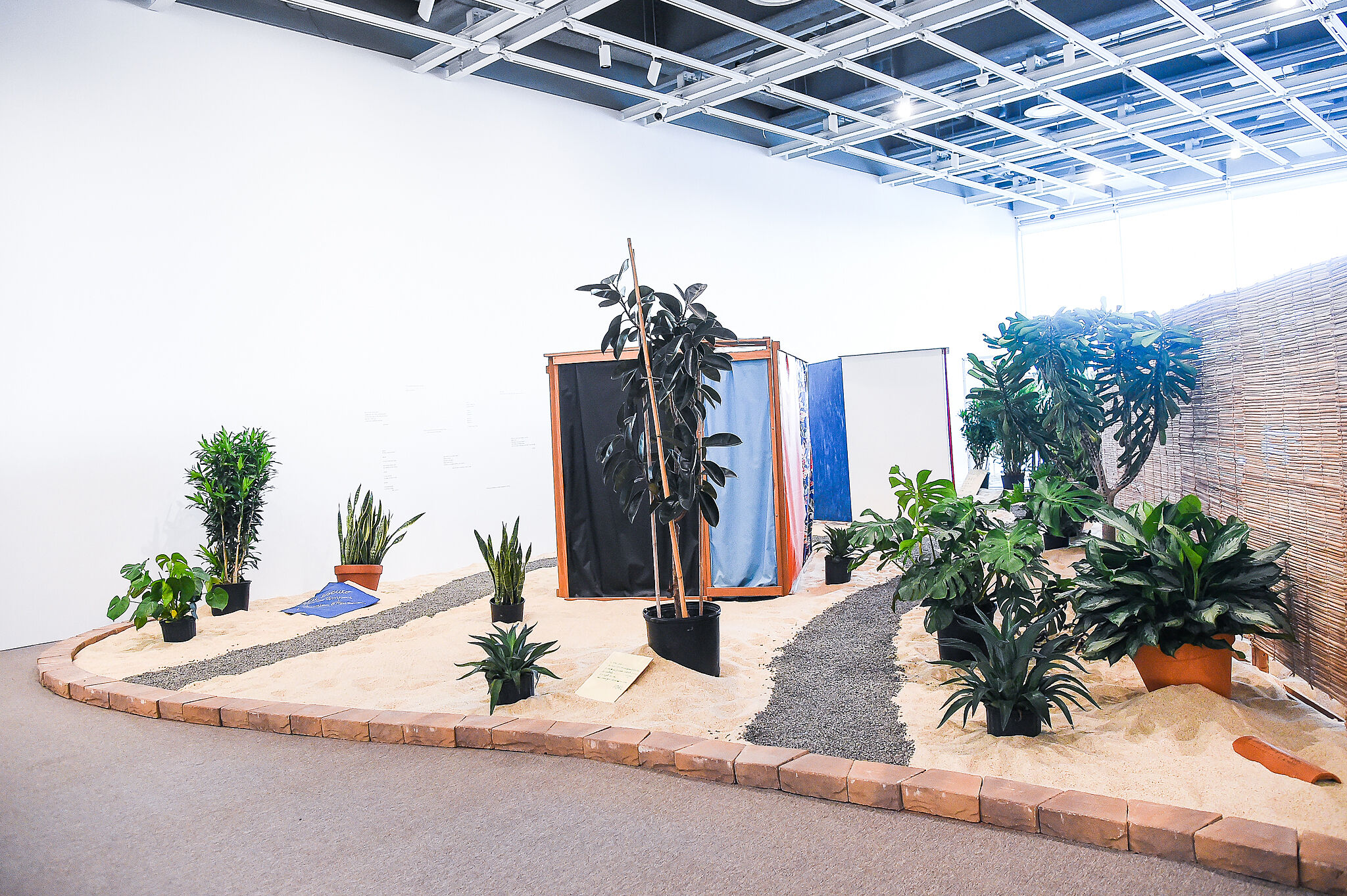Hélio Oiticica Magazine and Book Drive
Thurs, June 8, 2017
7:30–9:30 pm
This event has passed.
See more events like this.
Become a member today!
Join now to enjoy early access to exhibitions and events, unlimited free admission, guest privileges, and more.
Join nowLearn more about access services and programs.
Floor Three, Hearst Artspace
All Members
The upcoming Whitney retrospective of the work of Brazilian artist Hélio Oiticica (1937–1980) is the largest presentation of his work to date in the United States. The exhibition, Hélio Oiticica: To Organize Delirium opens for members on July 12. It charts the evolution of Oiticica’s work from early geometrical abstraction to immersive and interactive installations and objects that transform the viewer into an active participant. For much of the 1970s, Oiticica lived in New York, engaging with the city and other artists.
In keeping with the central role of audience participation in Oiticica’s work, the Museum has created an opportunity for Whitney members to help realize one of the exhibition’s installations. The Museum is looking to stockpile books, pulp fiction novels, and copies of recent periodicals for an installation called Eden which contains a numbers of interactive structures and environments, including a bed-like space filled with reading material in which viewers are encouraged to spend time. This event is an opportunity to contribute books and periodicals which will be used in the piece throughout the run of the exhibition.
Drop off location: Hearst Artspace, Floor Three.
Q&A with the curators
What prompted Helio Oiticica to create Eden?
The Whitechapel Experiment, mounted in 1969 at the Whitechapel Gallery in London, was Oiticica’s first major solo exhibition and the only one to take place during his lifetime. For the exhibition Oiticica created his largest installation, Eden. At the time, the artist increasingly regarded recognizable imagery as an instrument of oppression, too easily decontextualized with a resulting distortion of meaning. With Eden he created an open-ended work that was an “instrument for reflection” and a “proposition for behavior.”
What will visitors experience inside Eden?
After removing their shoes, visitors enter a sand garden punctuated by spaces designed for rest, contemplation, reading, and listening to music. The structures and sculptures within Eden are examples of the Nests, Penetrables, and Bólides that Oiticica had been creating during the preceding years, yet Eden as a whole provides an unstructured and immersive context that amplifies the experimental and participatory quality of these pieces. The critic Celso Favaretto referred to Eden as “an open field of experimentation.”
Did the artist ever talk about the meaning of Eden?
Oiticica was a prolific writer. Eden expresses some of his theories about creativity, which he liked to describe using the inventive words “suprasensorial” and “creleisure.” The suprasensorial exists in works that “lead each person to find his or her own inner freedom,” especially through improvisation. Creleisure posits that leisure is essential to creativity and reflects Oiticica’s desire to share the exhilaration of the artistic experience with the public. Here’s the artist himself talking about creleisure in the context of Eden: “The idea of creleisure (crelazer, in Portuguese) arises slowly with the Eden concept, in fact it is its profound sense: leisure in itself, an opened idea based in a ‘behavior state’ that, internally, will require a transformation or an identification of the ones who want to penetrate it, but this transformation would not be pre-dictated.”
How can Whitney members contribute?
Please consider donating gently used reading materials for the exhibition. We’re looking for books of broad interest, recent periodicals, and pulp fiction. The drop off event is happening during Member Night on June 8. Please be aware that books and periodicals will not be returned after the exhibitions. Thank you!


